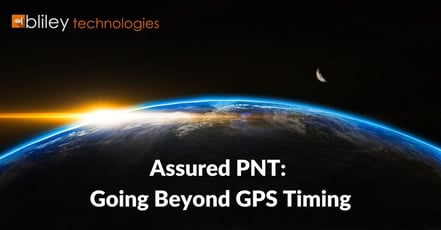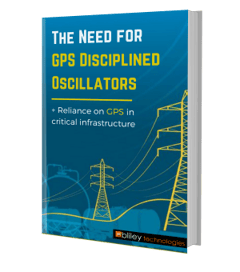GPS disciplined oscillators (GPSDOs) are becoming a necessary component for CubeSats and other small satellites (SmallSats).
GPSDOs are comprised of a Global Position System (GPS) receiver, an oven controlled crystal oscillator (OCXO), and a phased-locked loop (PLL). In this blog, you'll get a deeper look into how GPSDOs are designed to help achieve mission success for your small satellite applications.


_.png?width=441&height=245&name=What%20Are%20GPS%20Disciplined%20Oscillators%20(GPSDOs)_.png)











